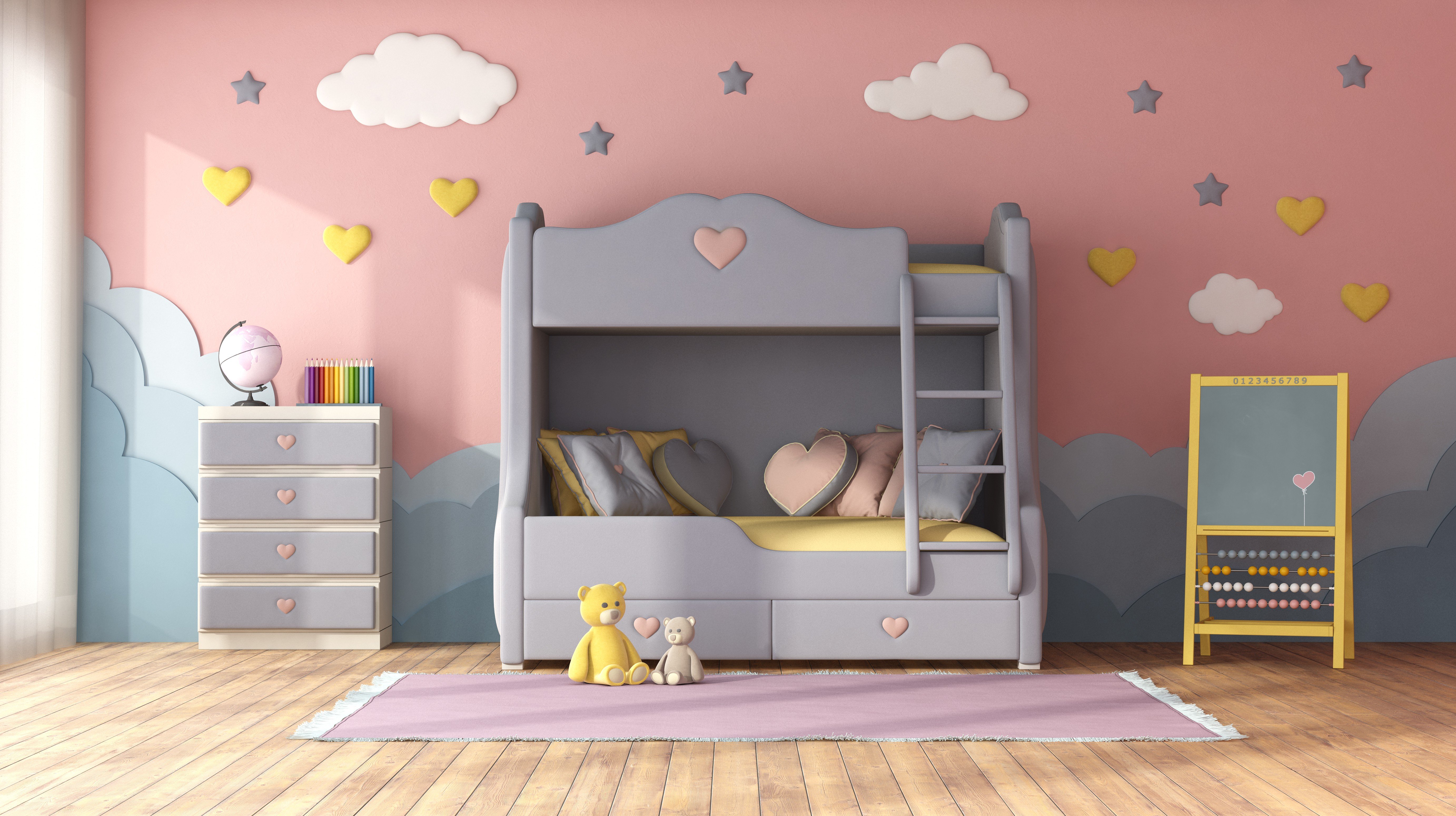How To Explain Bunk Beds Children's To A Five-Year-Old
The Ultimate Guide to Bunk Beds for Children: Safety, Styles, and Benefits
When it pertains to styling a kid's room, moms and dads typically deal with the dual difficulty of making the most of space while making sure convenience and functionality. Bunk beds have actually become a popular service that deals with these needs, offering not just sleeping arrangements however also contributing to a space's aesthetic. In this detailed guide, we will look into different elements of kids's bunk beds, concentrating on their benefits, security functions, designs, and factors to consider for parents considering this purchase.
Table of Contents
- Benefits of Bunk Beds
- Security Features to Consider
- Types of Bunk Beds
- Design and Style Options
- Upkeep Tips
- Frequently Asked Questions (FAQs)
1. Benefits of Bunk Beds
Bunk beds offer many benefits for kids and their moms and dads. Here are some key benefits:
Space-Efficiency: Bunk beds are an excellent solution for smaller rooms. By stacking one bed on top of another, more floor space is available for play, storage, or study locations.
Affordable: When children share spaces, bunk beds can decrease the requirement for acquiring two separate beds, hence saving money.
Cultivates Social Interaction: Bunk beds can assist siblings or good friends bond by sharing a space, producing chances for social advancement.
Fun Factor: The idea of sleeping “up high” includes a lively element to bedtime, making the shift to sleeping alone simpler for some children.
Versatile Design: Bunk beds are available in different designs, colors, and designs to match any space style, enabling modification that reflects the child's character.
2. Safety Features to Consider
Safety is critical when it pertains to kids's furnishings, especially when it comes to bunk beds. Here are some vital safety functions to examine:
Safety Feature
Description
Strong Construction
Frames made from solid wood or metal are chosen.
Guardrails
Should be at least 5 inches high and extend along both sides of the upper bunk.
Ladder Design
Guarantee ladders are firmly attached and have non-slip actions.
Bed mattress Size & & Fit
Should fit snugly within the frame to avoid gaps.
Weight Limit
Constantly adhere to the producer's weight limit suggestions.
3. Types of Bunk Beds
Bunk beds come in several styles, accommodating various requirements, preferences, and space sizes. Here are some typical types:
Standard Bunk Bed: The many standard type, with one bed on top of another.
Loft Bed: Features a high upper bed with space beneath for a desk or play area.
Futon Bunk Bed: Combines a leading bunk with a futon on the bottom, offering versatility for seating and sleeping.
L-Shaped Bunk Bed: This design has the top bunk set at a perpendicular angle to the bottom, producing a small corner location.
Triple Bunk Bed: Accommodates three kids using stacked beds, ideal for big households or sleepovers.
4. Design and Style Options
When it comes to picking a design for kids's bunk beds, the choices are virtually unlimited. Here are some popular styles:
Traditional Style: Often made of wood, these bunk beds include ornate details and are ideal for classic or rustic-themed rooms.
Modern Style: Characterized by clean lines and minimalist styles, modern bunk beds can be made of metal or wood.
Themed Bunk Beds: Some brands offer bunk beds formed like castles, cars and trucks, or playhouses, making bedtime less of a task.
Convertible Bunk Beds: These can be separated into two individual beds, providing versatility as children grow.
Colorful Options: Bunk beds in lively colors can add a sense of happiness and playfulness to any room.
5. Upkeep Tips
Keeping a bunk bed is important for durability and safety. Here are some ideas:
Regular Inspections: Check for loose screws or bolts every couple of months and tighten them as needed.
Cleaning: Wipe down frames routinely to avoid dust accumulation; consider using a vacuum for hard-to-reach areas.
Bed mattress Care: Rotate mattresses frequently and use protective covers to lengthen their life.
Expect Wear and Tear: Look for any indications of damage in the wood or metal and consider changing parts if needed.
Teach Kids Safety Rules: Encourage kids to utilize ladders correctly and ensure they understand the safety functions of their bed.
6. Frequently Asked Questions (FAQs)
Q1: What age is proper for oversleeping a leading bunk?
A1: Typically, kids aged 6 and older are advised for upper bunk sleeping, as they have the necessary motor skills to climb safely.
Q2: Do bunk beds come with a mattress?
A2: Most bunk beds are sold as frames just, so you will need to buy bed mattress separately. Guarantee that the mattress fits the frame snugly.
Q3: Can bunk beds be separated later on?
A3: Many styles permit conversion into two individual beds, supplying flexibility for future needs.
Q4: How can I ensure my kid's security on a bunk bed?
A4: Comply with security requirements and make sure guardrails, a durable frame, and a protected ladder remain in location.
Q5: Are there weight limitations on bunk beds?
A5: Yes, constantly check the manufacturer's specs concerning weight limitations to make sure security.
Bunk beds for kids can serve several purposes while ensuring security and design. With diverse styles and models readily available on the marketplace, moms and dads can discover an unit that not only maximizes bed room space however also shows their kid's unique tastes. quintonpardee.top to any furniture, understanding security functions, maintenance, and how they fit into a child's lifestyle will guarantee that these beds remain a useful furniture option for years to come.
Through mindful consideration and adherence to safety standards, bunk beds can offer a lasting, enjoyable, and functional sleeping service that kids enjoy.
